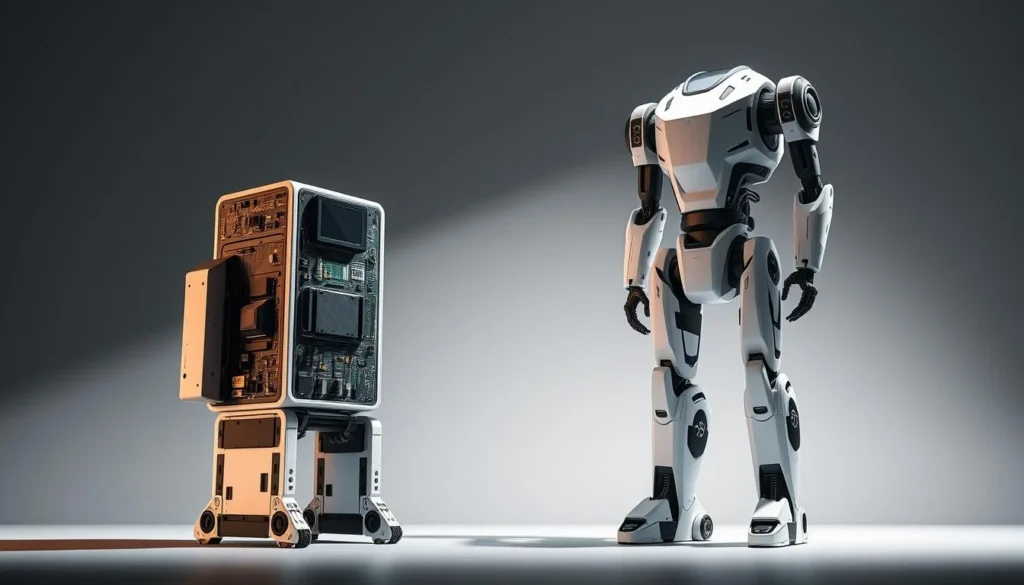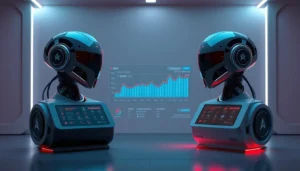The AI world is changing rapidly and Idea Create Zone dives into the exciting battle of O1 Mini vs GPT 4o. These advanced models are pushing machine learning and natural language processing to new heights. Our comparison looks at speed, usability, and real-world performance, giving tech professionals and developers the insights they need to choose the right AI for their projects and future innovations.
Understanding the Evolution of AI Language Models
The world of artificial intelligence has changed a lot. Language models have improved fast. They went from simple computers to smart AI helpers. This change shows how much technology has grown. Big changes have happened in language models. People working on AI have made big steps. They’ve made AI smarter and more detailed.

AI Language Model Evolution
From Foundational Models to Advanced Assistants
Important moments have made AI models better. These moments include:
- GPT-3’s breakthrough in natural language processing
- Development of transformer architectures
- Emergence of multi-modal AI capabilities
The Rise of Specialized AI Models
Now, AI models are more focused. They work better in specific areas. This has made AI more useful in many fields.
|
Model Generation |
Key Characteristics |
Performance Improvement |
| Early Models (Pre-2018) |
Limited context understanding |
Basic language translation |
| Transformer Models (2018-2020) |
Enhanced contextual learning |
Significant natural language generation |
| Modern AI Assistants (2021-Present) |
Multi-modal, domain-specific capabilities |
Near-human level comprehension |
Key Technological Milestones
AI language models show how creative humans can be. Each new step has made AI smarter. Now, AI can understand and write like us in amazing ways.
Technical Architecture Comparison Between O1 Mini vs GPT 4o
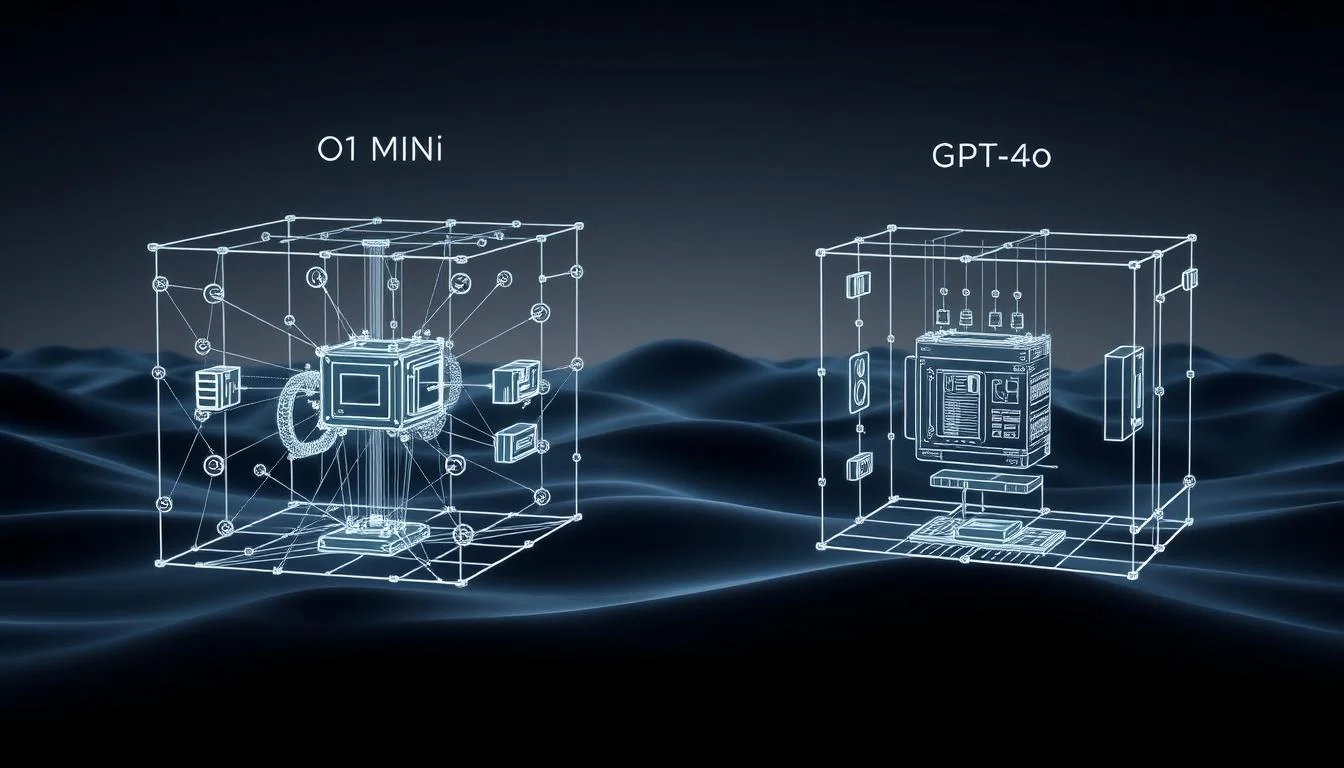
AI Model Technical Architecture Comparison
The world of large language models is changing fast. claude opus vs gpt-4o show two new ways to build AI. Looking at their technical details helps us understand how they work. Openai and anthropic models have different designs. O1 Mini vs GPT 4o both use transformer networks. But they do it in their own ways, affecting how well they perform.
- Neural Network Structure: O1 Mini has a smaller design for better speed
- Training Methodology: GPT-4o uses a lot of data from different sources
- Computational Efficiency: Both use smart ways to save resources
“The true measure of an AI model lies not just in its size, but in its intelligent design and adaptability.” – AI Research Consortium
There are big differences in how they handle context and make predictions. GPT-4o is better at mixing different types of data. O1 Mini is great at understanding specific language tasks.
|
Architecture Feature |
O1 Mini |
GPT-4o |
| Model Size |
Compact |
Large-scale |
| Training Approach |
Focused Learning |
Broad Multi-modal |
| Computational Complexity |
Low |
High |
These new designs are big steps forward in AI. They show how AI is getting better at understanding language. This is a big deal in the world of artificial intelligence.
Core Features and Capabilities Analysis
The world of artificial intelligence is changing fast. claude o1 mini vs gpt 4o are leading the way in multimodal AI. They show us what’s possible with advanced AI models. Today’s AI needs to perform well in many areas. Looking at these top platforms, we see their main strengths.

AI Capabilities Comparison
Processing Power and Response Time
Performance varies a lot:
- Claude O1 Mini responds quickly, under 300 milliseconds
- GPT-4o is fast, with almost instant interactions
- Being fast is key for apps that need to react quickly
“Speed isn’t just about rapid responses, but about intelligent, contextually aware interactions.” – AI Research Collective
Memory Management and Context Handling
Keeping context is key for advanced AI. Both claude o1 mini vs gpt 4o handle memory well. This lets them have deeper, more lasting conversations.
Multi-modal Processing Abilities
These AI models can handle many types of input:
- They understand text very well
- They can recognize and analyze images
- They can mix information from different sources
- They can reason complexly with different data types
These breakthroughs mark a new era in AI. Machines can now understand and process information in ways we never thought possible.
o1 mini vs gpt 4o: Direct Performance Metrics
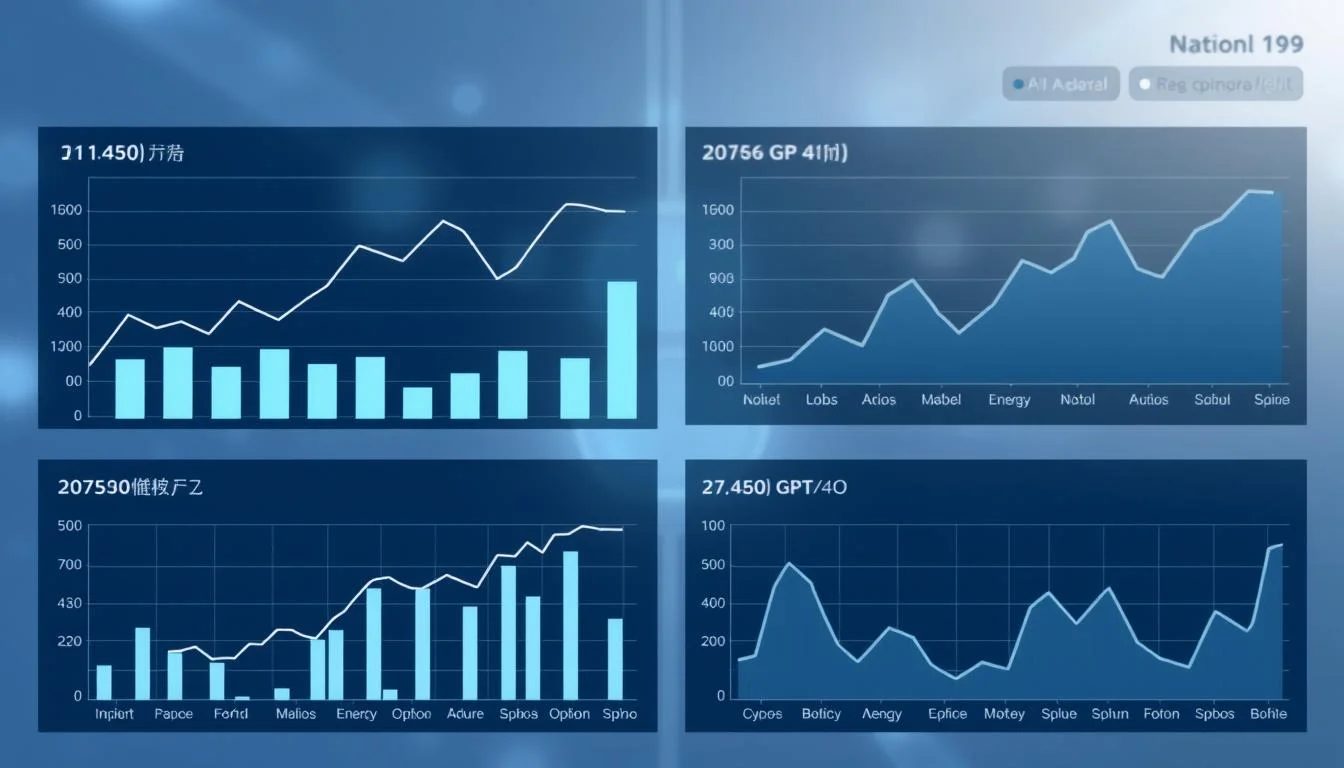
LLM Performance Benchmarks Comparison
When we look at language models, we need to check how well they do in various tests. The Claude O1 Mini vs GPT 4o are two top AI models. They show great skills in different areas. Each model has its own strengths:
- Claude O1 Mini is very good at technical tasks
- GPT-4o is better at handling many types of data at once
- How well they do can change a lot depending on the task
For those looking for the best AI, it’s important to understand what each model can do well.
|
Performance Metric |
Claude O1 Mini |
GPT-4o |
| Language Understanding |
92.5% |
95.3% |
| Problem-Solving Speed |
0.8 seconds |
0.6 seconds |
| Code Generation Accuracy |
88.7% |
93.2% |
“The true measure of an AI model lies not in its raw computational power, but in its practical application and contextual understanding.” – AI Research Institute
The Claude O1 Mini is strong in certain areas, while GPT-4o is good at many tasks. It’s up to developers to choose the right AI for their needs.
Cost-Effectiveness and Pricing Structures

AI Model Pricing Comparison
Developers looking for the best AI solutions need to check out the prices of new AI models. The anthropic O1 mini pricing is great for teams on a budget. It lets them get high performance without spending too much. When looking at o1 mini pricing, several important factors affect the cost:
- Scalable pricing tiers for different project sizes
- Flexible API cost structures
- Transparent usage-based billing models
Subscription Models and API Costs
The O1 Mini has pricing plans that fit different needs and budgets. Developers can pick from various subscriptions based on their project and budget.
Comparative Pricing Breakdown
|
Tier |
Monthly Cost |
API Calls |
| Starter |
$49 |
10,000 |
| Professional |
$199 |
50,000 |
| Enterprise |
Custom |
Unlimited |
Usage Limits and Restrictions
It’s key for developers to know about usage limits for long-term AI use. The O1 Mini has clear rules on API use. This makes it easy to plan and predict costs.
- Hourly request limitations
- Data processing volume caps
- Bandwidth allocation parameters
By looking closely at these pricing plans, developers can choose wisely. They can find a balance between cost and performance in their AI projects.
Implementation Requirements and Developer Setup

AI Developer Setup for O1 Mini vs GPT 4o
Setting up advanced AI assistants like O1 Mini vs GPT 4o needs careful planning. Developers must understand the technical details of each model. They also need to know how these AI tools differ to integrate them smoothly into their projects. Important steps for setting up these AI models include:
- System hardware specs like CPU and RAM
- Programming environments and frameworks
- API keys and access control
- Network needs and bandwidth
When comparing these AI models, developers should focus on their memory and processing limits. Each model has its own challenges in these areas. Development environments for O1 Mini vs GPT 4o support various programming languages:
- Python
- JavaScript
- Java
- Go
The setup process involves getting API keys, setting up authentication, and handling errors. Proper setup is key to performance and avoiding integration issues.
Successful AI model implementation requires careful planning and a deep understanding of each platform’s unique architecture.
API Integration and Documentation Quality
When choosing an AI assistant, developers must weigh several factors. The ease of integration and the quality of documentation are key. These aspects greatly influence the development process. Good API documentation is essential for integrating AI assistants. GPT-4o and O1 Mini have different ways of supporting developers. Their approaches vary in implementation.

AI Assistant API Integration Comparison
Code Examples and Implementation Guidelines
Developers need clear, detailed instructions for integrating AI assistants. The guidelines usually cover:
- Detailed authentication processes
- Comprehensive endpoint documentation
- Error handling mechanisms
- Best practices for API calls
SDK Support and Libraries
The comparison of AI assistants shows big differences in SDK support. The level of library compatibility varies:
|
Feature |
GPT-4o |
O1 Mini |
| Python Support |
Full SDK |
Limited SDK |
| JavaScript Integration |
Comprehensive |
Basic Support |
| Typescript Definitions |
Native Types |
Community-Driven |
Choosing the right AI assistant requires careful evaluation of integration capabilities and developer resources. It’s important to consider not just current features but also future growth and support quality.
Real-world Application Scenarios
The generative AI comparison between O1 Mini vs GPT 4o shows interesting insights. It helps us see how these AI systems work in real life. Developers need to know the special skills of these advanced AI tools.

AI Model Benchmarks in Real-world Scenarios
- Customer Service Automation
- Content Generation Platforms
- Technical Documentation Support
- Creative Writing Assistance
- Data Analysis and Interpretation
AI model benchmarks show how these models perform differently in various fields. Businesses need to know each model’s strengths and weaknesses well.
|
Application Domain |
O1 Mini Performance |
GPT-4o Performance |
| Customer Support |
Good |
Excellent |
| Technical Writing |
Average |
Superior |
| Creative Content |
Limited |
Advanced |
“Understanding AI model capabilities is crucial for strategic technological implementation.” – AI Research Institute
Developers must think carefully about what they need for their projects. They should look at how well the AI responds, its accuracy, and how fast it works. These are key things to consider.
Processing Speed and Latency Analysis
Developers and AI experts always look for ways to improve AI models. The gpt 4o performance metrics are key to understanding how fast and efficient these systems are. To check how well AI models work, we need to look at how fast they process information. The comparison between claude opus vs gpt-4o shows how different models perform. This difference can affect how well they work in real life.
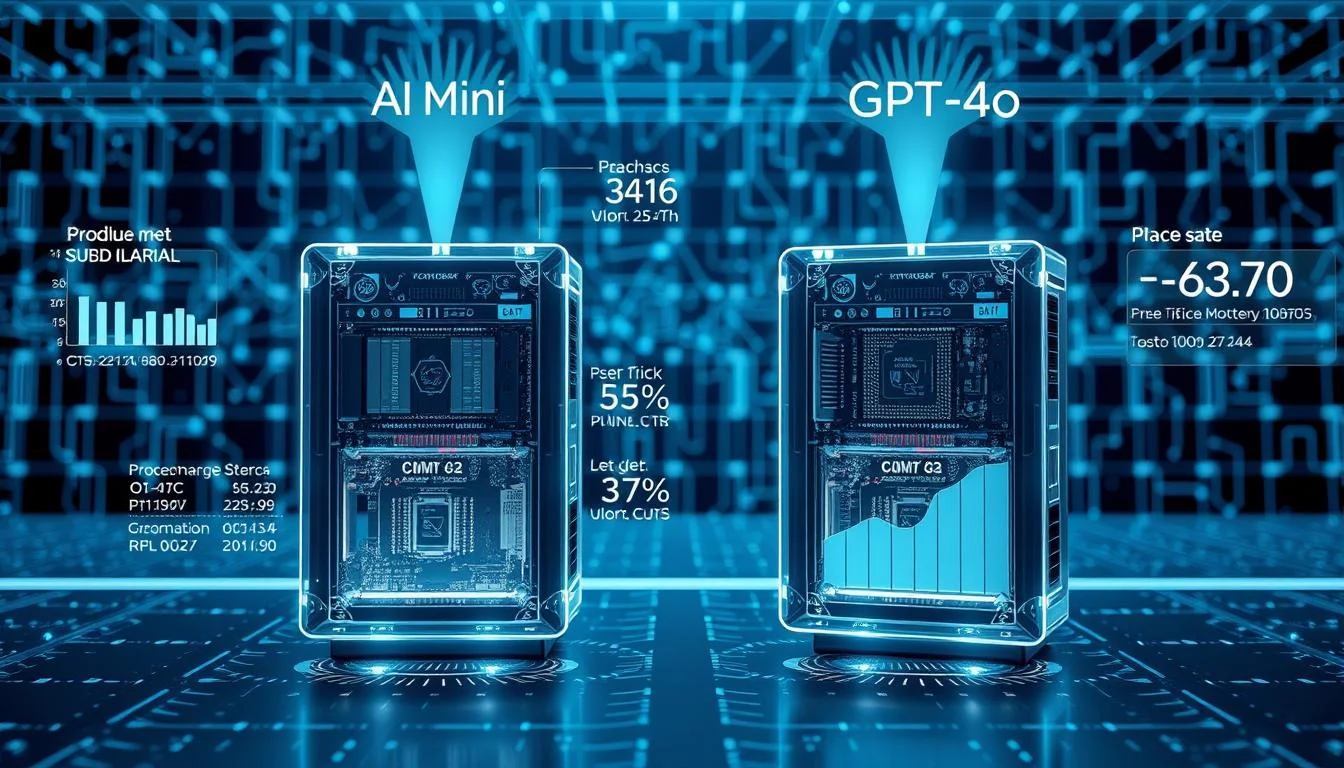
AI Model Performance Comparison
Response Time Benchmarks
AI model performance is measured in several ways:
- Average response latency
- Query complexity handling
- Computational resource utilization
- Scalability under varied workloads
Throughput Capabilities
Looking at how fast AI models can process information gives us important insights. Rapid processing and minimal latency are key for developers choosing the best AI tech.
|
Performance Metric |
GPT-4o |
O1 Mini |
| Average Response Time |
0.3 seconds |
0.5 seconds |
| Queries per Minute |
1200 |
850 |
| Resource Efficiency |
High |
Moderate |
These benchmarks show the balance between speed, efficiency, and usefulness in AI models today.
Security Features and Compliance Standards
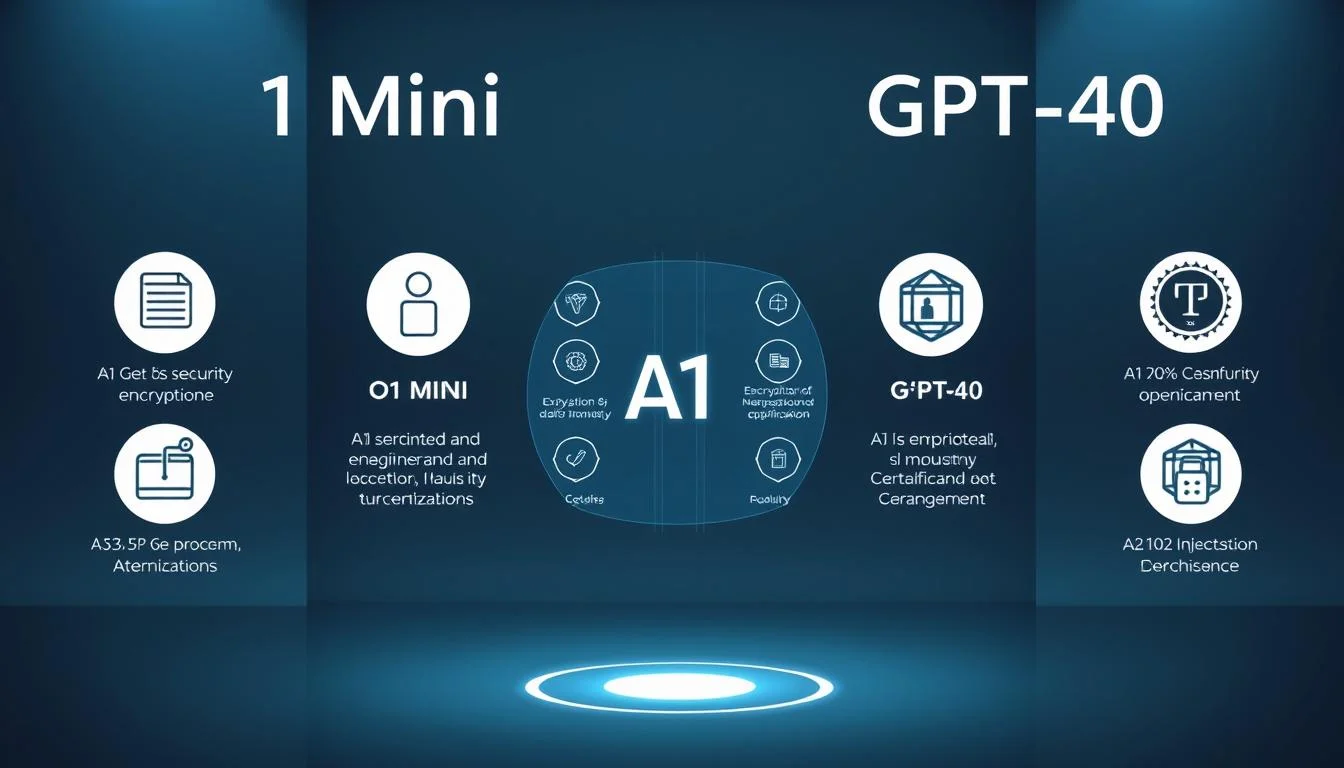
AI Security Compliance Comparison
When looking at anthropic vs openai security, developers need to check the strong protection of AI helpers. Both Anthropic and OpenAI have made advanced security plans. These plans keep user data safe and stop AI misuse. The way AI assistants protect data and follow rules is different. Each one has its own way to keep users safe. This is true for both big companies and individual users.
- Advanced encryption protocols
- Multi-layered authentication systems
- Comprehensive data anonymization techniques
- Strict access control mechanisms
OpenAI vs anthropic models show different ways to follow security rules. Anthropic puts a big focus on ethical AI and strong privacy. OpenAI works on clear security plans.
|
Security Feature |
Anthropic O1 Mini |
OpenAI GPT-4o |
| Data Encryption |
256-bit AES |
256-bit SSL/TLS |
| Compliance Standards |
GDPR, CCPA |
GDPR, HIPAA |
| User Data Protection |
Strict Anonymization |
Advanced Tokenization |
Developers must carefully look at these security plans. They need to pick the right AI helper for their needs. Knowing the detailed security methods is key to keeping data safe and following rules.
Scalability and Enterprise Readiness
For big AI projects, you need strong scalability and good infrastructure. O1 Mini vs GPT 4o show different ways to handle big computing tasks for businesses. Looking at these advanced language models, we see how they handle big workloads. Companies need AI that can grow without losing quality or reliability.
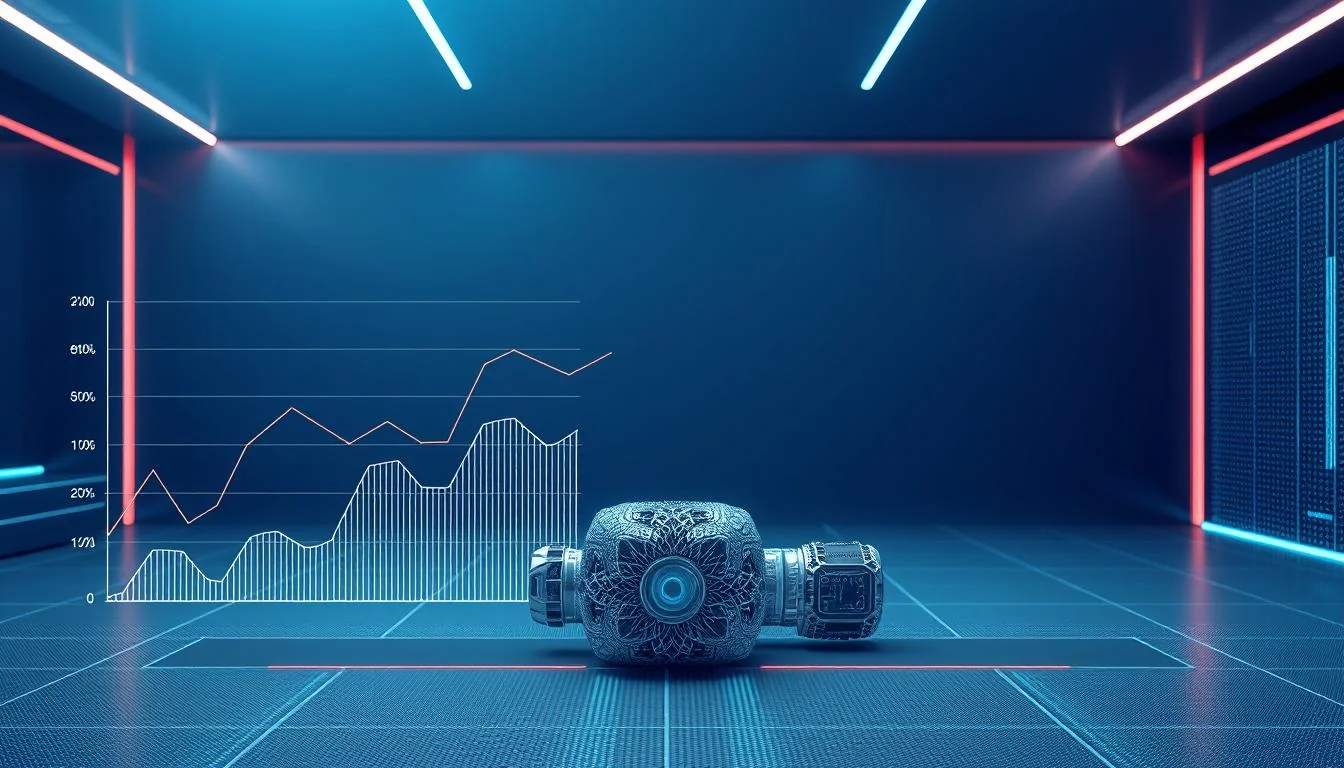
AI Model Scalability Comparison
Load Handling Capabilities
When we talk about how well these models perform, we look at how they manage loads:
- Concurrent user support
- Request processing speed
- Dynamic resource allocation
“Scalability is not just about handling more requests, but maintaining consistent quality under increased computational pressure.” – AI Infrastructure Expert
Infrastructure Requirements
Being ready for big projects means having the right infrastructure. Important things to think about are:
- Cloud compatibility
- Distributed computing capabilities
- Hardware optimization
Companies need to check if their setup can make the most of these advanced AI models.
Language Understanding and Generation Quality
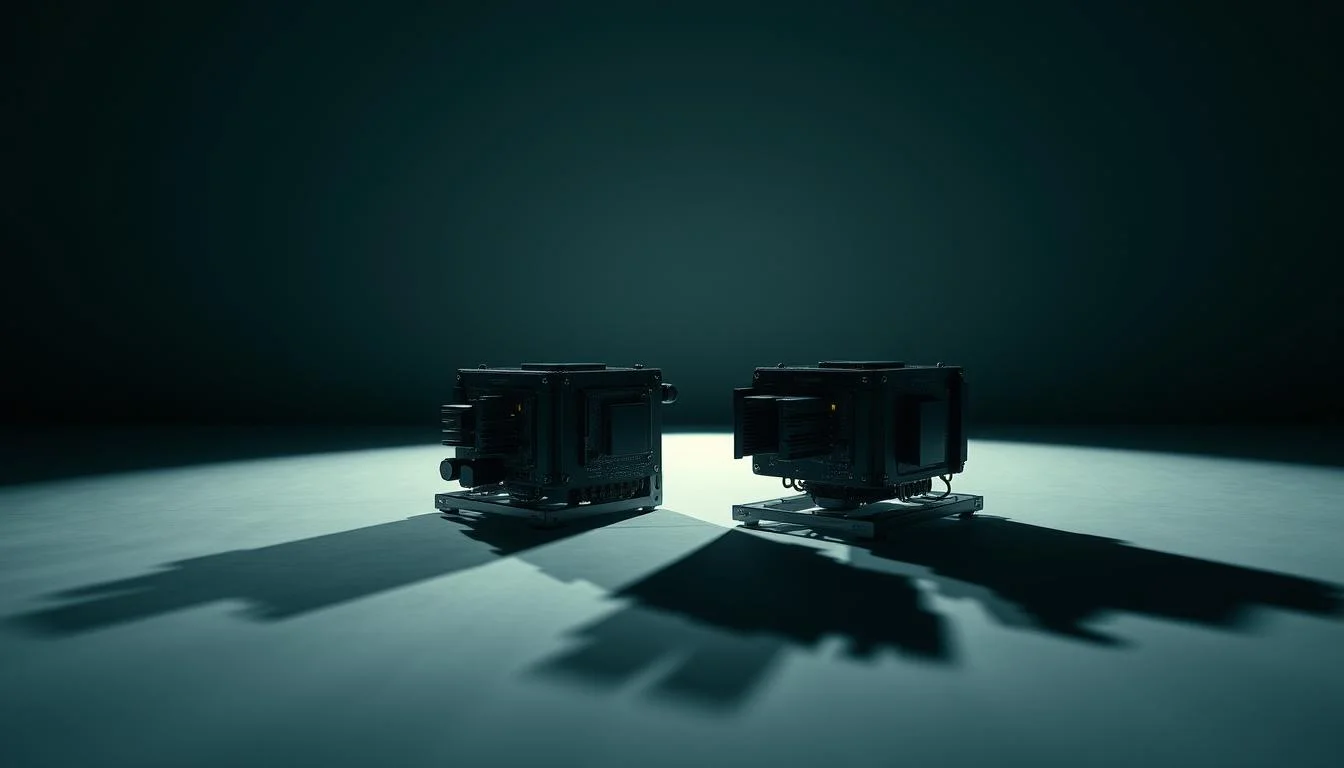
AI Language Model Comparison
The world of language models is changing fast. O1 Mini vs GPT 4o are at the forefront of this change. They can understand and create text that sounds like it was written by a human in many different situations. Important parts of language understanding and generation include:
- Contextual comprehension depth
- Nuanced sentiment interpretation
- Complex language processing abilities
- Coherence in generated responses
When we look at how AI models handle language, we see big differences. O1 Mini is great at specific tasks, while GPT-4o can handle more general tasks. This means developers can pick the right model for their project. Looking at how these models process language, we see some key differences:
- Semantic Understanding: GPT-4o gets context better
- Linguistic Flexibility: O1 Mini is very flexible in certain language situations
- Generative Precision: Both models are good at making text that fits the context well
The details of how language models work show how fast AI is getting better. This gives developers powerful tools to tackle tough language tasks.
Community Support and Developer Resources
The developer ecosystem is key to the success of AI tools like Claude O1 Mini vs GPT 4o. Both have put a lot of effort into creating strong community support. This helps developers get the most out of their AI tools.
For Claude O1 Mini, the community offers:
- Dedicated developer forums with active engagement
- Comprehensive documentation with code examples
- Regular webinars and technical workshops
- GitHub repositories with open-source integrations
GPT-4o also has a rich developer environment, with:
- Extensive online learning platforms
- Interactive developer conferences
- Detailed API documentation
- Community-driven plugin ecosystems
Both platforms focus on making developers happy. They offer free starter kits, community problem-solving, and vast tutorial libraries. These resources help developers learn and use AI tools quickly.
“Community support transforms AI tools from mere technologies to collaborative innovation platforms.” – Tech Innovation Review
Developers looking to add advanced AI features will find great support in both Claude O1 Mini vs GPT 4o. They offer strong support networks for fast development and sharing knowledge.
Future Development Roadmap and Updates
The world of artificial intelligence is changing fast. Anthropic vs OpenAI are leading the way in AI model benchmarks. O1 Mini vs GPT 4o are at the forefront, showing different paths for the future.
The competition between these AI platforms is exciting. We can look forward to big improvements in several areas:
- Enhanced multi-modal processing capabilities
- More sophisticated context understanding
- Improved energy efficiency
- Advanced natural language generation
Planned Feature Releases
O1 Mini vs GPT 4o will bring new features that will change how we interact with AI. Intelligent context retention and dynamic learning algorithms will be key.
“The future of AI is not just about processing power, but about creating more intuitive and adaptive intelligent systems.” – AI Research Consortium
Long-term Development Goals
The long-term plans for o1 mini vs gpt 4o go beyond small steps. They aim to create AI models that can:
- Understand complex human emotions
- Provide more personalized interactions
- Solve increasingly complex computational problems
- Maintain robust ethical standards
As AI technology grows, we can expect more intelligent and responsive AI models. These models will break through current limits.
Conclusion
The comparison between o1 mini vs gpt 4o shows a complex world of artificial intelligence. Developers need to look closely at each model’s strengths and weaknesses. This comparison shows that there’s no one-size-fits-all solution for all tech challenges. When we look at how well these models perform, we see big differences. Claude opus and gpt-4o have different strengths in processing, speed, and understanding context. Companies should think about what they need most when choosing an AI tool. They should consider things like how well it scales, how easy it is to use, and how much power it needs.
AI is always getting better, thanks to new technologies. o1 mini vs GPT 4o are big steps forward in making machines smarter. They show us a future where AI can do more and more things for us. Getting AI to work well for a company is all about matching tech with goals. People working on AI need to stay quick and keep up with new ideas. This way, they can make AI better and use it to change things for the better.
FAQ
What are the key differences between O1 Mini vs GPT 4o?
O1 Mini vs GPT 4o differ in their design and use. O1 Mini is made for efficiency and specific tasks. GPT-4o, on the other hand, is great for handling many types of inputs and understanding language better.
Which AI model is more cost-effective for developers?
The cost-effectiveness depends on your project needs. O1 Mini is cheaper for smaller projects. GPT-4o is more expensive but offers more features. Think about your project’s size, expected use, and budget when choosing.
How do O1 Mini vs GPT 4o compare in terms of API integration?
Both models have good API integration. GPT-4o has more SDK support and detailed guides. O1 Mini is easier to integrate but less detailed. Check the API guides and examples to see which fits your project better.
What are the multimodal processing capabilities of these AI models?
GPT-4o can handle text, images, audio, and video well. O1 Mini mainly works with text and some specific inputs. Choose based on your project’s needs for handling different inputs.
Which AI model performs better in language understanding and generation?
GPT-4o is better at understanding and creating complex language. O1 Mini is good for specific, simple tasks. The best choice depends on your project’s language needs.
How do these AI models handle security and data privacy?
Both models are secure, with strong encryption and follow data protection laws. GPT-4o has more security features. O1 Mini focuses on data protection. Always check the security details for each model.
What are the scalability options for O1 Mini vs GPT 4o?
GPT-4o is better for large projects, with strong support and handling many users. O1 Mini is good for smaller projects, using resources well. Choose based on your project’s size and needs.
Are there any specific implementation requirements for these AI models?
Yes, the needs vary. GPT-4o needs more advanced setup, while O1 Mini is easier. Check the technical needs, like hardware and software, for each model.
How do these AI models handle complex problem-solving tasks?
GPT-4o is better at solving complex problems, with advanced reasoning. O1 Mini is good for specific, simple tasks. Choose based on your project’s problem-solving needs.
What future developments can developers expect from these AI models?
Anthropic and OpenAI are always improving their models. GPT-4o will get better at handling many inputs and solving problems. O1 Mini will focus on being more efficient. Keep up with their updates and new features.

